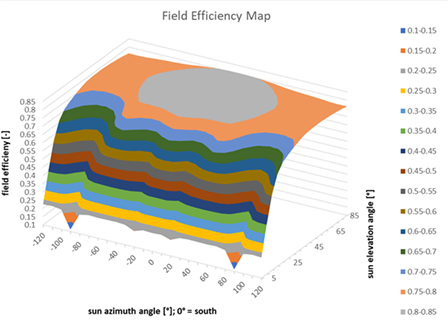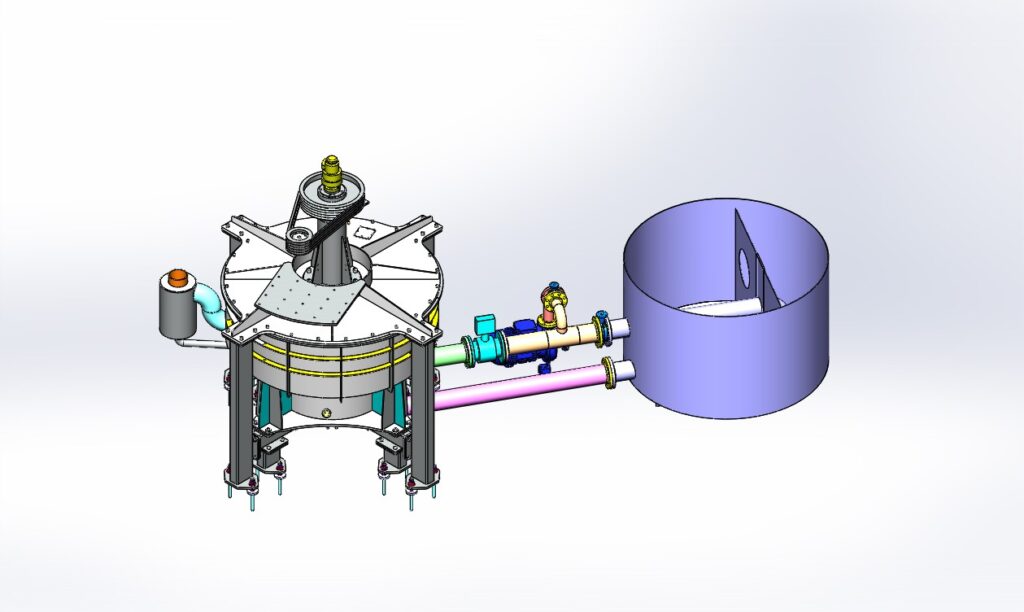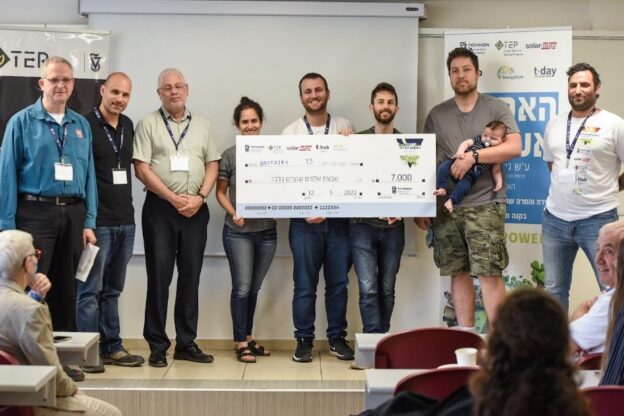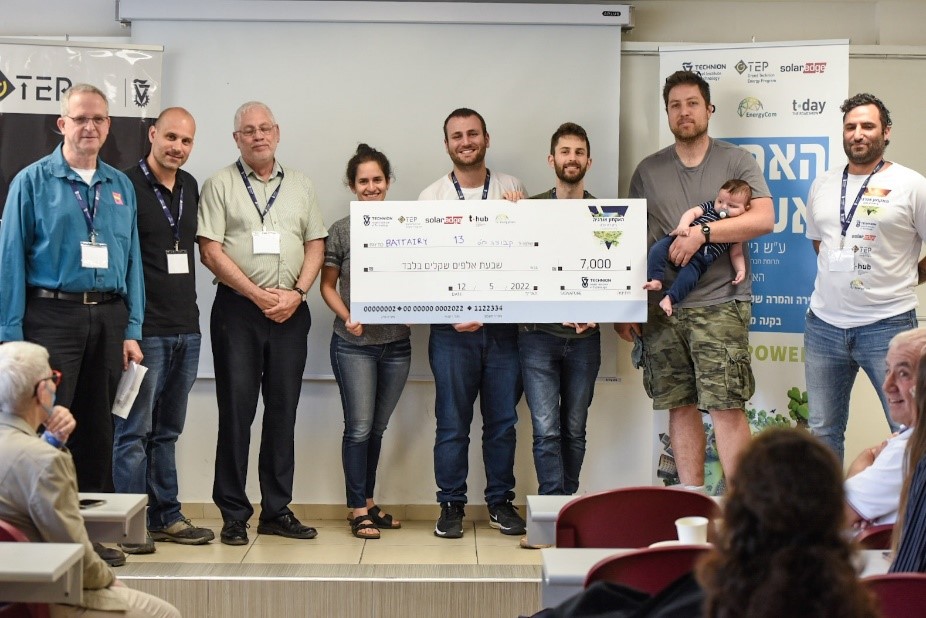What to do when the sun is not shining. Photovoltaics (PVs) plus batteries plus grid (Gas and coal turbines) backup are expensive. Concentrated solar power (CSP) is considered a “nearly obsolete” technology, yet it is the only technology that is based on a heat engine, that can replace fossil fuel heat engines. In a few consecutive days with poor solar radiation, the heat engine can be driven by green hydrogen or gas for 24/7/365 full dispatchable electricity. Today, CSP is an expansive utility scale power plant (0.09$/kWh) with reliability and financing challenges.
A modular-CSP (MCSP) is made of an array of small receivers where the heliostats shift from one receiver to the other along the day targeting the receiver next to the sun. This way the field efficiency is doubled, and no costly huge tower, resulting half the cost of a central CSP (0.045$/kWh). The modularity, also supports an exponentially growing market, as in PVs, with a potential for a global impact in a few decades. We work to demonstrate M-CSP in lab scale, analyze its performances along the year, and develop its control system for supporting baseload, dispatchable, stable, and low cost, solar energy. M-CSP requires a small and efficient external heat engine that doesn’t exist. See the next topic for our solution.










